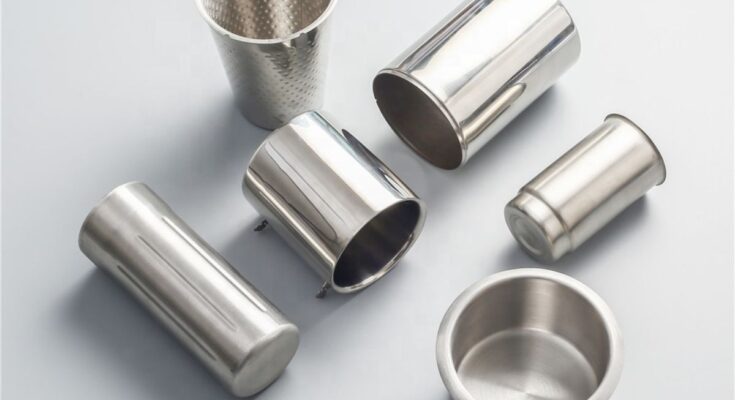Chrome plating, also known as chromium plating, is a technique of electroplating a thin layer of chromium onto a metal object. This process is widely used across various industries due to the excellent properties that chrome imparts to the plated surface, such as increased durability, corrosion resistance, and a shiny, reflective finish.
The Chrome Plating Process
The process of chrome plating involves immersing the metal object in a solution of chromic acid and other chemicals, followed by the application of an electric current. This causes the chromium to bond with the surface of the metal, creating a thin, protective layer. There are two main types of chrome plating: decorative chrome plating and hard chrome plating.
Decorative Chrome Plating: This is commonly applied to automotive parts, household fixtures, and hardware. It typically includes a layer of nickel for added luster and corrosion resistance.
Hard Chrome Plating: Also known as industrial chrome, this form of plating is much thicker and is used for its superior wear resistance and ability to restore parts that have become worn or damaged.
Benefits of Chrome Plating
- Durability: Chrome-plated surfaces are highly resistant to wear and tear, making them ideal for use in high-friction environments.
- Corrosion Resistance: Chrome creates a barrier that protects the underlying metal from oxidation and corrosion, even in harsh environments.
- Aesthetic Appeal: The reflective, mirror-like finish of chrome plating gives objects a sleek, polished appearance, making it popular in decorative applications.
- Low Friction: Hard chrome plating is often used on machinery components to reduce friction, extending the life of parts.
Common Applications of Chrome Plating
Chrome plating is found in numerous industries, from automotive to aerospace, due to its unique properties. Some common applications include:
- Automotive Parts: Bumpers, wheels, and trim are often chrome-plated for both aesthetic appeal and protection against wear and corrosion.
- Industrial Equipment: Machine parts such as pistons, rods, and molds benefit from hard chrome plating, which enhances their longevity.
- Home Fixtures: Chrome plating is popular for faucets, showerheads, and other household items due to its resistance to rust and its glossy appearance.
Chrome plating is a versatile and valuable process that not only enhances the appearance of metal objects but also significantly improves their durability and resistance to corrosion. Whether used for decorative purposes or industrial applications, chrome plating remains a critical technique in modern manufacturing.




